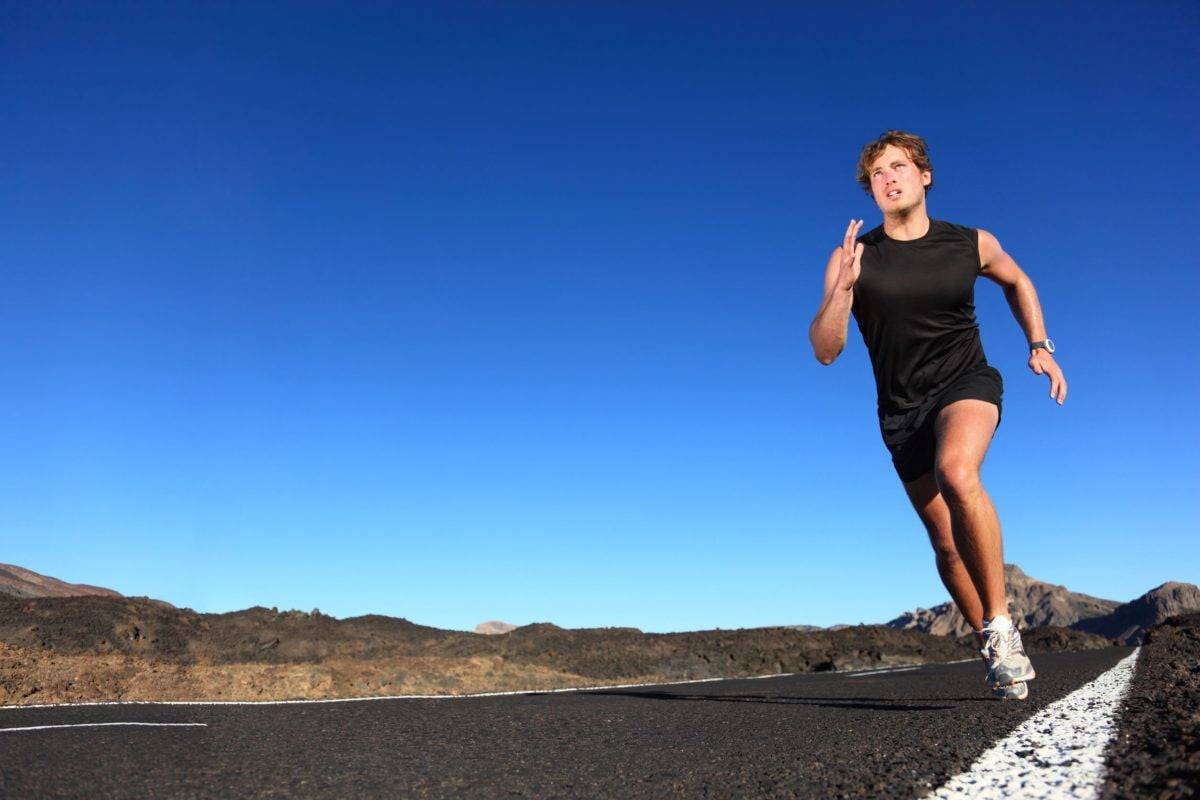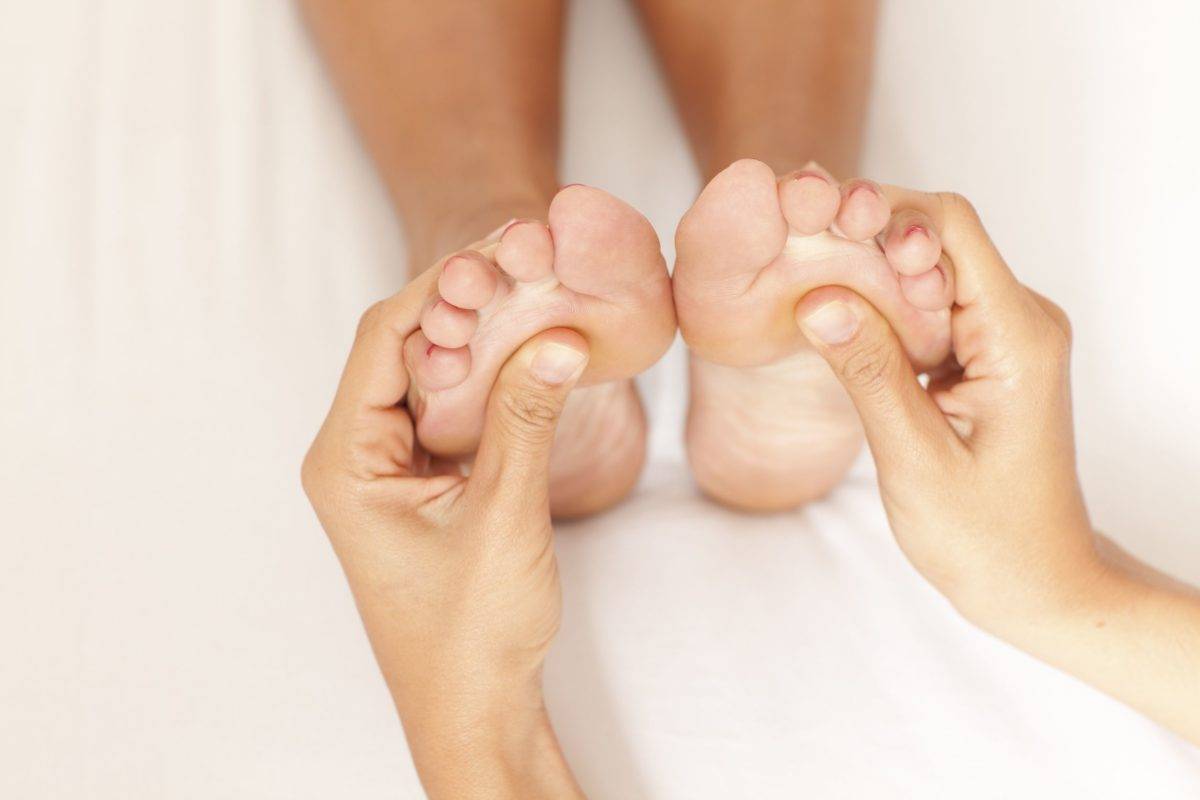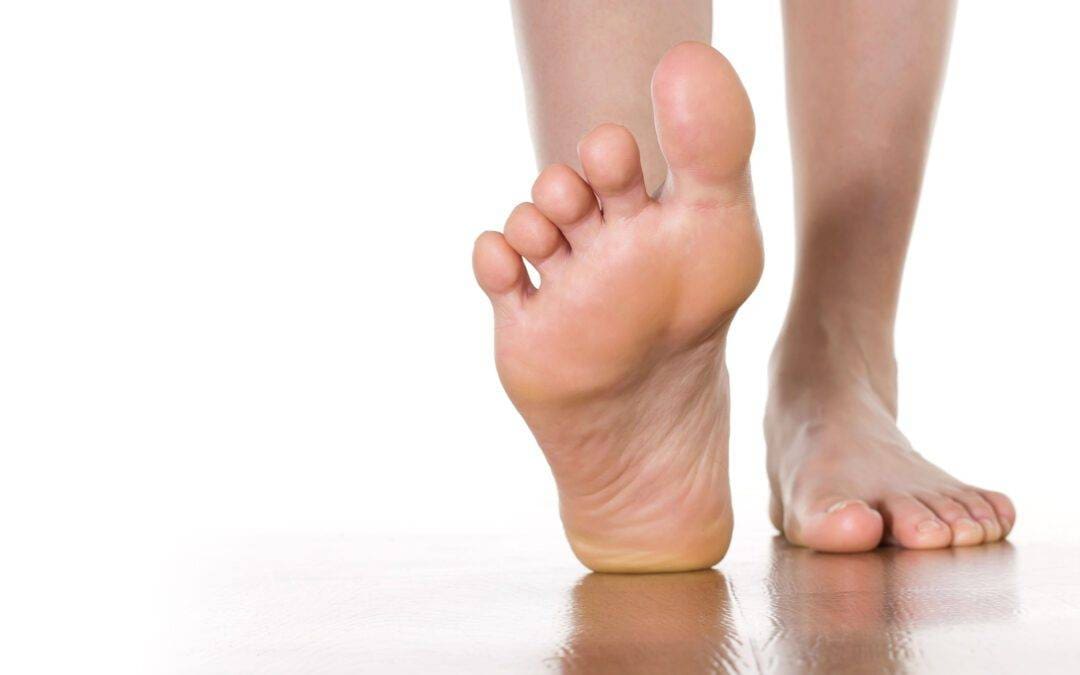By Catherine Grant, RMT
What is Plantar Fasciitis?
The plantar fascia is the thick band of connective tissue that runs from your heel to your toes and supports the muscles and arch of the foot. Plantar fasciitis is an overuse injury that occurs when this tissue is repetitively stressed – such as with new or increased activity, prolonged standing, walking, or running (especially on hard surfaces), improper footwear, or a combination of the above. Overuse in this way will eventually lead to tissue fatigue, over-stretching, and micro-tearing of the plantar fascia, predominantly around the heel attachments which is what causes the pain and inflammation in this area.

Signs & Symptoms
- A sharp/burning/aching pain along your heel and inside arch of your foot
- Foot pain when you take your first few steps in the morning (usually improving as you continue to move around) or after you’ve been sitting for any length of time
- Return of foot pain later in the day after activity
Think you may have plantar fasciitis? Check for these predisposing factors:
- Short/tight calf muscles or Achilles tendon
- Improper footwear (worn-out, too flexible, too stiff, or does not provide adequate arch support)
- Weight gain (including pregnancy)
- High arches or flat feet
- New or increased activity intensity/duration (especially over a short period of time)
- Change in terrain elevations or surface (grass vs. trail vs. concrete, etc.)

The Fix
Once plantar fasciitis has developed, it is important to identify the cause so that it can be addressed and treated effectively. Rest, ice, and occasionally, anti-inflammatories can be used to decrease discomfort and promote healing in the early stages.
Chronic inflammation of the plantar fascia is accompanied by scar tissue and adhesions which will not only impair the movement of the fascia and arch but also restrict blood flow to the area (resulting in less nutrients getting to the damaged area and reduced ability to remove waste, neither of which are conducive to healing). In my practice, I’ve seen some great results using cupping therapy to break down adhesions and improve circulation. Other tools we can implement include soft tissue manipulation, targeted stretching and strengthening of the muscles of the lower leg and foot, and a tailored home care program to complement their treatment plan.

